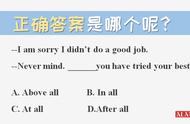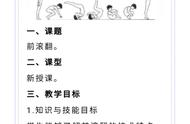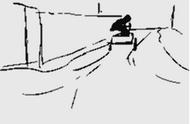“all of,” “both of,” “neither of,” “either of,” “none of”用法及区别

这些短语用于指代某个集合中的全部或部分元素。
1. All of- 中文翻译:所有的
- 使用场景:指代某个特定集合中的全部成员或事物。
- 对话例子:All of the students passed the exam.(所有学生都通过了考试。)
- 常见误用:在提到“all of”时,后面通常跟随具体的集合名词,避免将其与泛指的“all”混淆。
- 中文翻译:两个都
- 使用场景:特指两个特定的对象或人。
- 对话例子:Both of the books are interesting.(这两本书都很有趣。)
- 常见误用:使用“both of”时,确保所指的是两个特定的对象,而不是多于两个。
- 中文翻译:两个都不
- 使用场景:否定两个特定的对象或人。
- 对话例子:Neither of the solutions works.(这两个解决方案都不行。)
- 常见误用:在使用“neither of”时,应注意其后动词的数,通常用单数形式。
- 中文翻译:两个中的任何一个
- 使用场景:在两个对象之间做出选择。
- 对话例子:You can borrow either of the books.(你可以借这两本书中的任何一本。)
- 常见误用:不应将“either of”用于多于两个的对象,它仅适用于两个之间的选择。
- 中文翻译:没有任何一个
- 使用场景:指代某个集合中的没有一个成员或事物。
- 对话例子:None of the answers is correct.(没有一个答案是正确的。)
- 常见误用:使用“none of”时,后面通常跟复数名词,但动词的数可根据上下文决定使用单数还是复数形式。
以下是基于这些短语的练习题目,有助于加深理解和记忆。
- Which phrase would you use to indicate that out of two suggestions, both are unacceptable?
A. Both of B. Either of C. Neither of D. None of
- If you want to say that all items in a group are included, which phrase is most appropriate?
A. All of B. Both of C. Either of D. Every one of
- How do you express that any one of two items may be chosen?
A. Either of B. Neither of C. Both of D. Any of
答案:1:C. Neither of 2: A. All of 3: A. Either of














